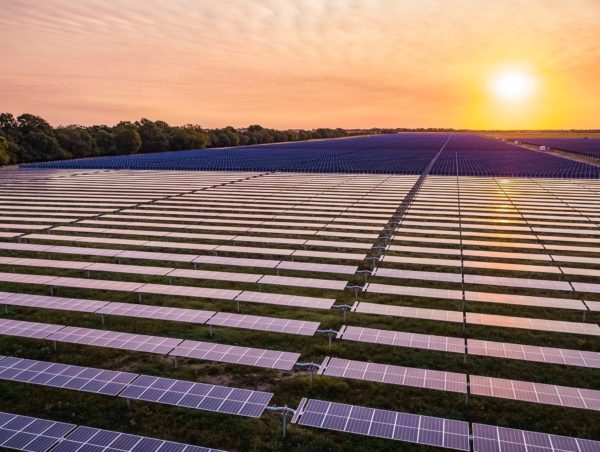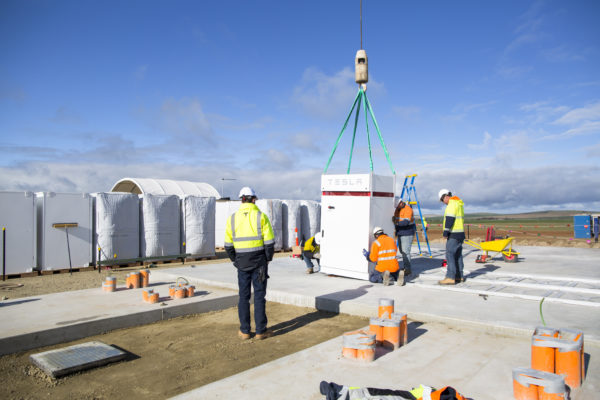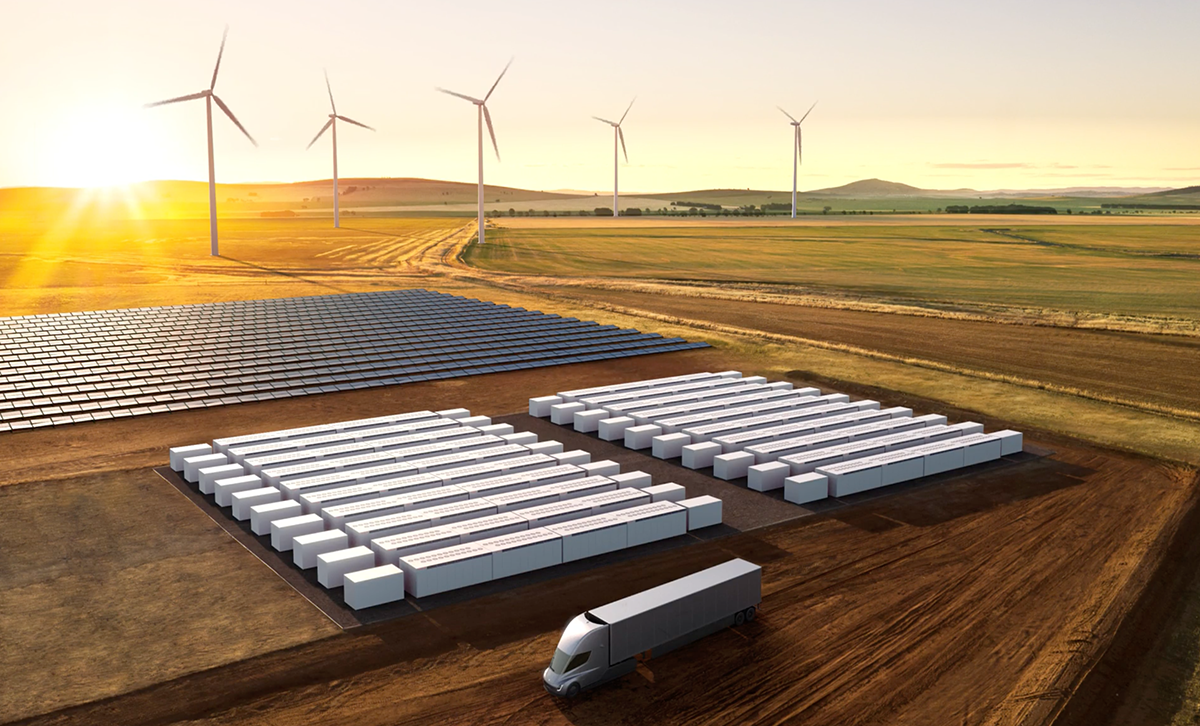New analysis from international EPC Sterling and Wilson Solar has found that large-scale battery energy storage systems (BESS) will play an increasingly important role in Australia’s energy mix, serving to attract investment into the renewable energy sector and to meet increased demand for variable and dispatchable sources to cover the energy gap when the ageing fleet of thermal generators retire.
The Australian Energy Market Commission (AEMC) has identified that the nation’s energy market will be increasingly reliant on dispatchable storage to firm up the expanding volume of renewable energy as well as address the growing need for critical system security services as the fossil fuel-fired power stations retire over the coming decades.
According to the Australian Energy Market Operator (AEMO), the new capacity required to replace the nation’s existing fossil fuel generation will be in the order of 26-50 GW by 2040, and this will come from variable sources such as large-scale wind and solar.
As a result, AEMO anticipates that between 6 GW and 19 GW of new dispatchable resources will be needed across the National Electricity Market to provide firming support for this influx of new renewable capacity.
Sterling and Wilson Solar Australia chief executive Philip Sheridan said that demand for system strength has made it clear that batteries can improve returns on large-scale solar investments, allowing for maximum solar output at a time when investors have to price in factors such as grid congestion, curtailment and connection risks into their projects.
“We’ve seen some of the challenges with the PV plants at the moment through curtailment related to grid set-ups etc but we certainly see good opportunity for the solar PV and battery storage set-ups,” he said.
“Building in battery storage unlocks the untapped potential to harness solar energy. Being able to generate during the day and being able to store and then dispatch in periods of peak demand has certainly got real opportunity.
“It allows for intermittent solar energy to be stored for later use when it is needed, supporting the balancing of constantly changing levels of supply and demand through the day.”
Sheridan said data analysis conducted by Sterling and Wilson had determined that large-scale solar+storage compares well against gas as a source of peaking power.

Image: BP
“The value proposition in solar+storage plants is increasingly getting more advantageous, as the price of the batteries keep falling and is expected to decline 25-30% by 2025,” the analysis reads.
“The DC coupling option with the hybrid inverters, boosts a significant saving on the cost of balance of system and supports the case of solar+storage plants.”
Sterling and Wilson have forecast that with large-scale solar+storage becoming more economical, the cumulative solar+storage BESS capacity could reach nearly 4.2 GWh by 2025.
“However, we believe that the numbers are likely to exceed these projections as storage becomes increasingly central to managing grid stability,” the company said.
The analysis did however offer a caution, saying designing a solar+storage plant for a 24 hours RTC supply is not a commercially viable option and not a recommended one.
“As per our analysis, the solar PV projects coupled with battery storage up to four hours, will have a better LCOE ($/kWh) compared with the conventional gas/peaker plants,” Sterling and Wilson said.
“In today’s market pricing, two to four hours of storage is the sweet spot which most of the IPPs/developers are eyeing in.”
“We’re talking over a relatively short period but if you’ve got the opportunity to capture those few hours we certainly see that as advantageous,” Sheridan said.

Image: Neoen
Sheridan said the solar+battery storage combination offers other benefits when compared to traditional gas peaker plants with batteries able to ramp up quickly and provide a better frequency response.
“And from a costing perspective the time to design and build is significantly improved on a gas plant,” he said. “The timeframe for going through the planning, the build phase, the commissioning phase is advantageous.”
“So as things improve on the grid, this technology can be running in parallel or immediately behind to then bring that on, especially as some of these existing fossil fuel plants start to retire through the next few years.”
Sterling and Wilson’s Australian EPC order book includes five major solar PV projects with a cumulative total of more than 1.1 GW, including Neoen’s 460 MW Western Downs Green Power Hub in Queensland and the 174 MW Wellington Solar Farm being developed by Lightsource BP in New South Wales. None of the projects currently include battery storage but at least three have the provision for it to be added at a later date and Sheridan said clients are starting to explore the possibility.
“In our conversations with clients and potential clients we’re seeing that on some of our existing projects there’s a provision for that future investment and addition of storage facilities on the PV plants,” he said.
“A number of entities are already starting to move towards those grid-scale battery projects and we’re seeing some of our clients certainly looking at it and there are significant large-scale battery storage elements starting to happen now.”
Figures published by the Clean Energy Council (CEC) earlier this year show that since 2018, 8.9 GW of large-scale battery storage has been financially committed, proposed and/or approved in Australia.
This includes at least 15 large-scale battery storage projects announced this year alone, representing more than 6.6 GW of capacity and $4.3 billion in investment.
CEC chief executive Kane Thornton said he expects the commercial case for batteries will only get better as battery technology advances, greater economies of scale reduce the cost, and new markets are established to reward the services they provide.
“However, long-term investment certainty remains reliant on appropriate market reforms and forward-looking policies that incentivise new, flexible technologies that are needed to complement renewables,” he said.
This content is protected by copyright and may not be reused. If you want to cooperate with us and would like to reuse some of our content, please contact: editors@pv-magazine.com.









By submitting this form you agree to pv magazine using your data for the purposes of publishing your comment.
Your personal data will only be disclosed or otherwise transmitted to third parties for the purposes of spam filtering or if this is necessary for technical maintenance of the website. Any other transfer to third parties will not take place unless this is justified on the basis of applicable data protection regulations or if pv magazine is legally obliged to do so.
You may revoke this consent at any time with effect for the future, in which case your personal data will be deleted immediately. Otherwise, your data will be deleted if pv magazine has processed your request or the purpose of data storage is fulfilled.
Further information on data privacy can be found in our Data Protection Policy.